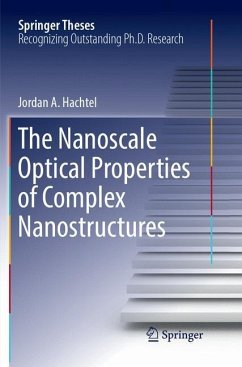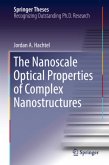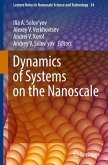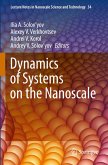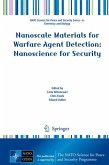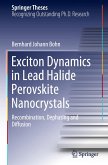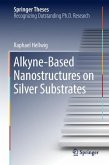This book presents studies of complex nanostructures with unique optical responses from both theoretical and experimental perspectives. The theory approaches the optical response of a complex structure from both quantum-mechanical and semiclassical frameworks, and is used to understand experimental results at a fundamental level as well as to form a quantitative model to allow the design of custom nanostructures. The experiments utilize scanning transmission electron microscopy and its associated analytical spectroscopies to observe nanoscale optical effects, such as surface plasmon resonances, with nanometer-scale spatial resolution. Furthermore, there is a focus in the dissertation on the combination of distinct techniques to study the difficult-to-access aspects of the nanoscale response of complex nanostructures: the combination of complementary spectroscopies, the combination of electron microscopy and photonics, and the combination of experiment and theory. Overall, the work demonstrates the importance of observing nanoscale optical phenomena in complex structures, and observing them directly at the nanoscale .
Bitte wählen Sie Ihr Anliegen aus.
Rechnungen
Retourenschein anfordern
Bestellstatus
Storno

